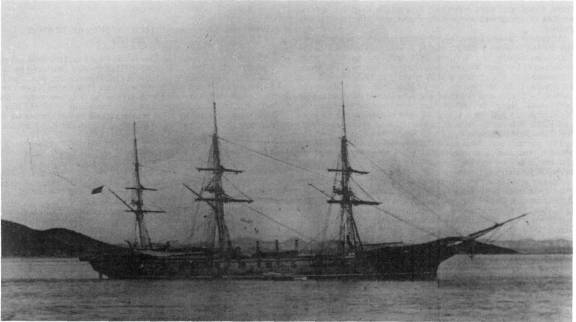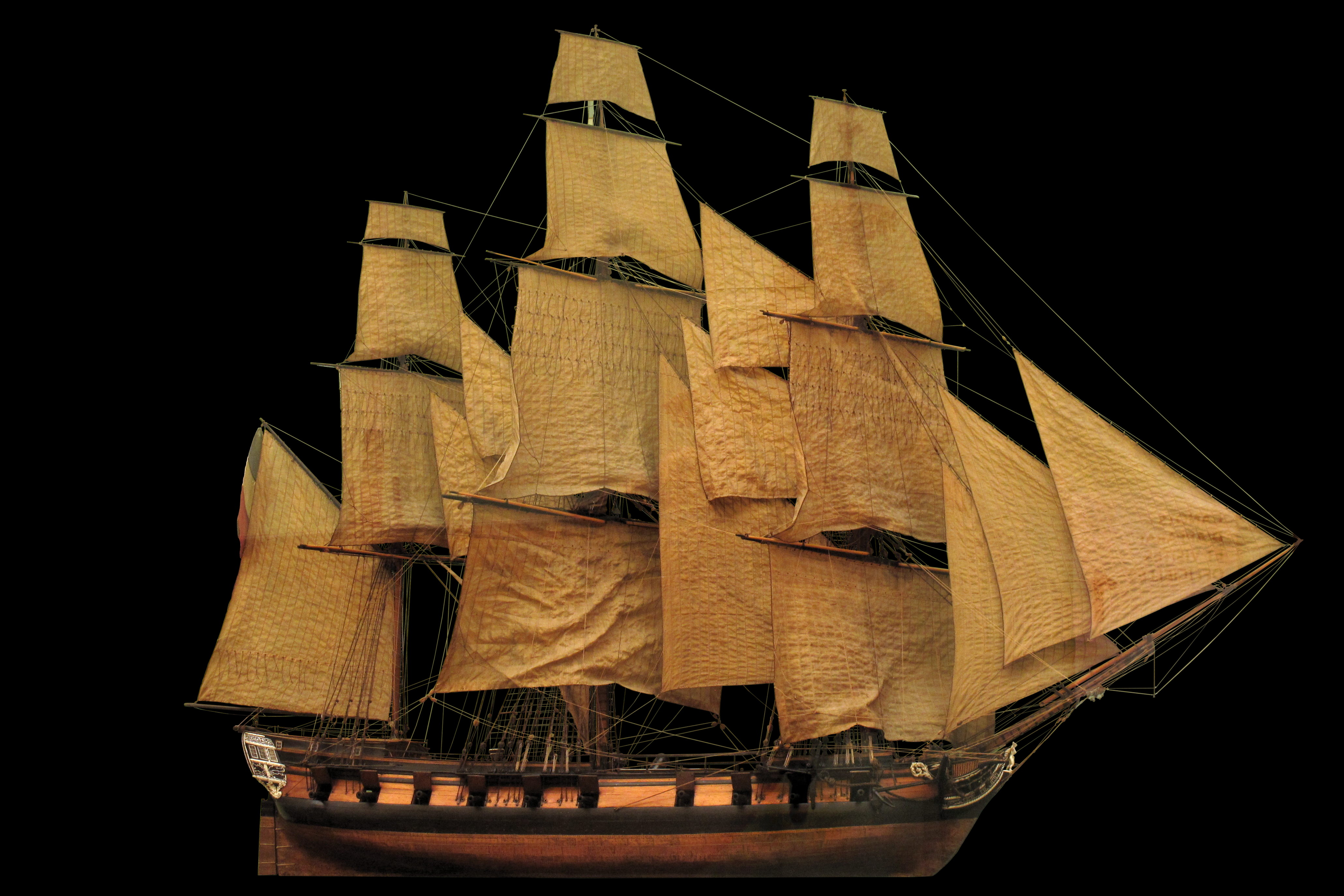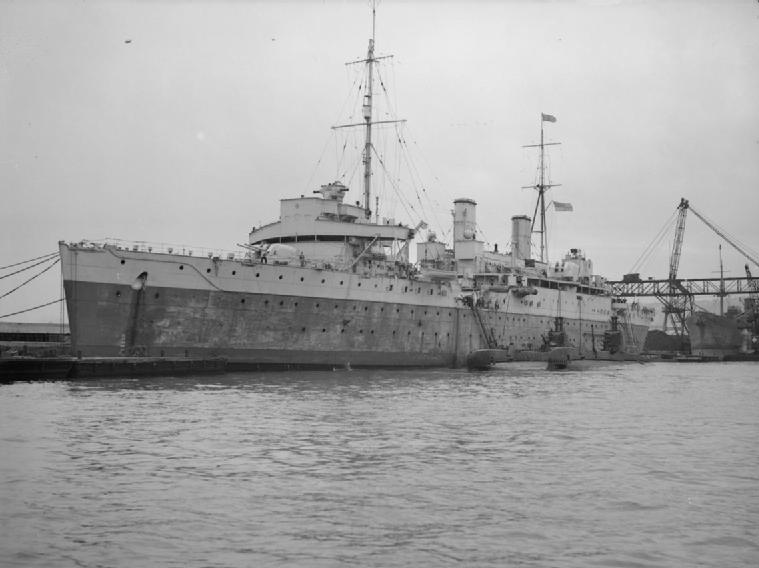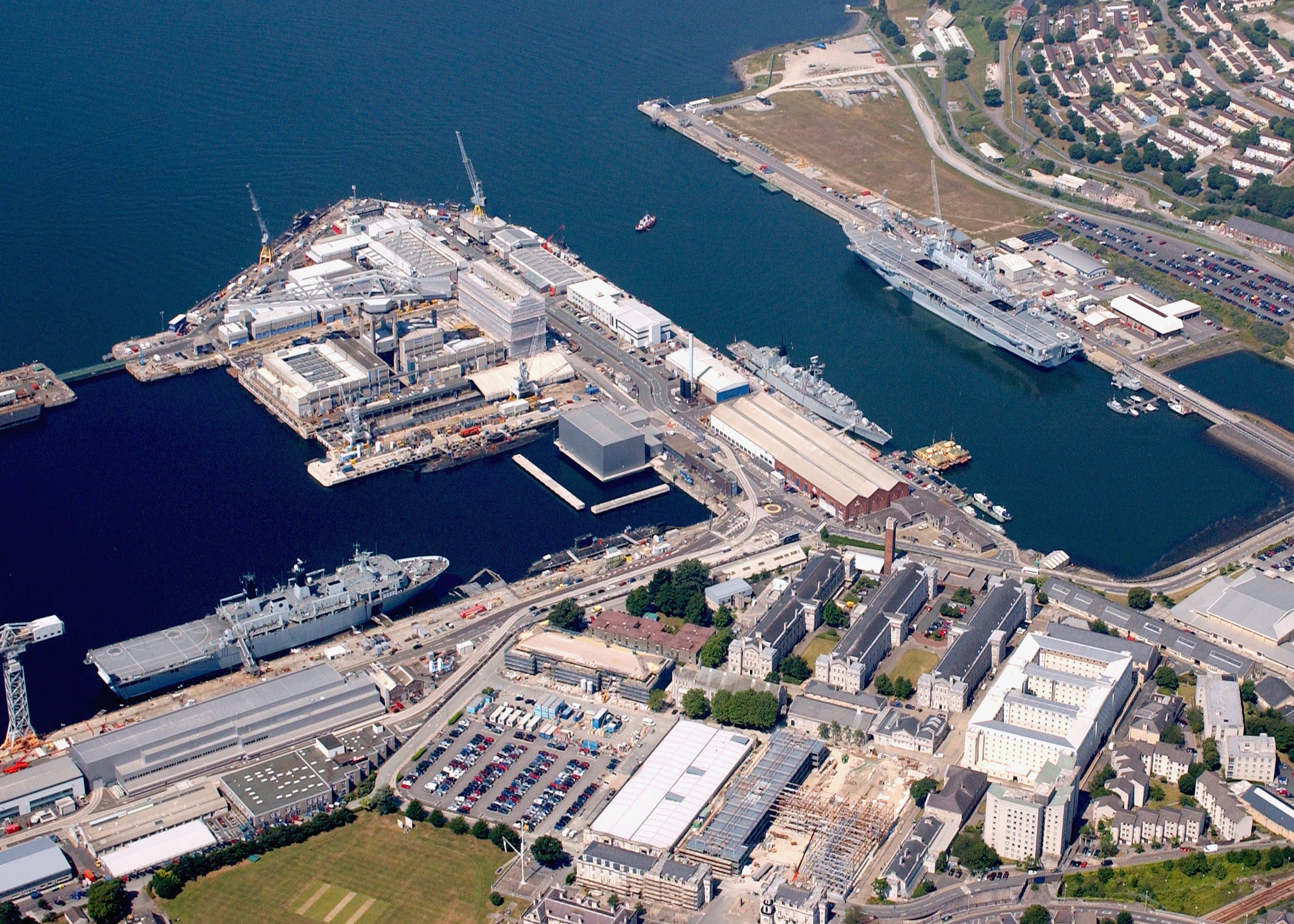|
HMS Tenedos
Four ships and a training establishment of the Royal Navy have borne the name HMS ''Tenedos'', after the island of Tenedos: Ships * was a 38-gun fifth rate launched in 1812. She was used as a convict hulk from 1843 and was broken up in 1875. * was a wooden screw sloop launched in 1870. She was rated as a corvette from 1875 and was sold in 1887. Served in the Zulu War in 1879, with 60 men landed for service ashore in the Naval Brigade. Fort Tenedos on the Zulu bank of the Thukela was built by her crew and named after her. * was a depot ship for torpedo boat destroyers at Devonport. She was the former , renamed HMS ''Tenedos'' in 1904. She was transferred to Chatham Dockyard in 1906 to become a training establishment. * was an launched in 1918 and sunk in 1942. Training establishments * was a training establishment at Chatham for boy artificers. It was established in 1906 aboard the old HMS ''Triumph'', but closed in 1910. A number of other ships were renamed HMS ''Tenedos ... [...More Info...] [...Related Items...] OR: [Wikipedia] [Google] [Baidu] |
Royal Navy
The Royal Navy (RN) is the naval warfare force of the United Kingdom. It is a component of His Majesty's Naval Service, and its officers hold their commissions from the King of the United Kingdom, King. Although warships were used by Kingdom of England, English and Kingdom of Scotland, Scottish kings from the early Middle Ages, medieval period, the first major maritime engagements were fought in the Hundred Years' War against Kingdom of France, France. The modern Royal Navy traces its origins to the English Navy of the early 16th century; the oldest of the British Armed Forces, UK's armed services, it is consequently known as the Senior Service. From the early 18th century until the World War II, Second World War, it was the world's most powerful navy. The Royal Navy played a key part in establishing and defending the British Empire, and four Imperial fortress colonies and a string of imperial bases and coaling stations secured the Royal Navy's ability to assert naval superior ... [...More Info...] [...Related Items...] OR: [Wikipedia] [Google] [Baidu] |
Tenedos
Tenedos (, ''Tenedhos''; ), or Bozcaada in Turkish language, Turkish, is an island of Turkey in the northeastern part of the Aegean Sea. Administratively, the island constitutes the Bozcaada, Çanakkale, Bozcaada district of Çanakkale Province. With an area of , it is the third-largest Turkish island after Imbros (Gökçeada) and Marmara Island, Marmara. In 2022, the district had a population of 3,120 inhabitants. The main industries are tourism, wine production and fishing. The island has been famous for its grapes, wines and red poppies for centuries. It is a former bishopric and presently a Latin Catholic titular see. Tenedos is mentioned in both the ''Iliad'' and the ''Aeneid'', in the latter as the site where the Achaeans (Homer), Greeks hid their fleet near the end of the Trojan War in order to trick the Troy, Trojans into believing the war was over and into taking the Trojan Horse within their city walls. Despite its small size, the island was important throughout clas ... [...More Info...] [...Related Items...] OR: [Wikipedia] [Google] [Baidu] |
Fifth Rate
In the rating system of the Royal Navy used to categorise sailing warships, a fifth rate was the second-smallest class of warships in a hierarchical system of six " ratings" based on size and firepower. Rating The rating system in the Royal Navy as originally devised had just four rates, but early in the reign of Charles I, the original fourth rate (derived from the "Small Ships" category under his father, James I) was divided into new classifications of fourth, fifth, and sixth rates. While a fourth-rate ship was defined as a ship of the line, fifth and the smaller sixth-rate ships were never included among ships-of-the-line. Nevertheless, during the Anglo-Dutch Wars of the 17th century, fifth rates often found themselves involved among the battle fleet in major actions. Structurally, these were two-deckers, with a complete battery on the lower deck, and fewer guns on the upper deck (below the forecastle and quarter decks, usually with no guns in the waist on this deck). ... [...More Info...] [...Related Items...] OR: [Wikipedia] [Google] [Baidu] |
Convict Hulk
A prison ship, is a current or former seagoing vessel that has been modified to become a place of substantive detention for convicts, prisoner of war, prisoners of war or civilian internees. Some prison ships were hulk (ship type), hulked. While many nations have deployed prison ships over time, the practice was most widespread in 18th- and 19th-century Britain, as the government sought to address the issues of overcrowded civilian jails on land and an influx of enemy detainees from the War of Jenkins' Ear, the Seven Years' War and the French Revolutionary War, French Revolutionary and Napoleonic Wars. History The terminology "hulk" comes from the Royal Navy meaning a ship incapable of full service either through damage or from initial non-completion. In England in 1776, during the reign of King George III, due to a shortage of prison space in London, the concept of "prison hulks" moored in the Thames, was introduced to meet the need for prison space. The first such ship cam ... [...More Info...] [...Related Items...] OR: [Wikipedia] [Google] [Baidu] |
Screw Sloop
A screw sloop is a propeller-driven sloop-of-war. They were popularized in the mid-19th century, during the introduction of the steam engine and the transition of fleets to this new technology. The sailing sloop The British sloop in the Age of Sail In the Age of Sail, there was a large variety of terms to describe sailing vessels. In British English, the meaning of the term 'sloop' depends on the context. The main source of confusion about the term sloop, is that for commercial vessels, 'sloop' referred and refers to a vessel with a single mast rigged fore-and-aft. If the term referred to a British warship, its meaning was heavily dependent on the number of officers and men on the vessel. Under the rating system of the Royal Navy, any vessel that did not require a post-captain as commander was a sloop. This generally referred to all vessels with fewer than 20 guns. By this system, small frigates that lost most of their guns and sailors so they could be used as transports would ... [...More Info...] [...Related Items...] OR: [Wikipedia] [Google] [Baidu] |
Corvette
A corvette is a small warship. It is traditionally the smallest class of vessel considered to be a proper (or " rated") warship. The warship class above the corvette is that of the frigate, while the class below was historically that of the sloop-of-war. The modern roles that a corvette fulfills include coastal patrol craft, missile boat and fast attack craft. These corvettes are typically between 500 and 2,000 tons. Recent designs of corvettes may approach 3,000 tons and include a hangar to accommodate a helicopter, having size and capabilities that overlap with smaller frigates. However unlike contemporary frigates, a modern corvette does not have sufficient endurance or seaworthiness for long voyages. The word "corvette" is first found in Middle French, a diminutive of the Dutch word ''corf'', meaning a "basket", from the Latin ''corbis''. The rank " corvette captain", equivalent in many navies to " lieutenant commander", derives from the name of this type of ship. The ... [...More Info...] [...Related Items...] OR: [Wikipedia] [Google] [Baidu] |
Depot Ship
A depot ship is an auxiliary ship used as a mobile or fixed base for submarines, destroyers, minesweepers, fast attack craft, landing craft, or other small ships with similarly limited space for maintenance equipment and crew dining, berthing and relaxation. Depot ships may be identified as tenders in American English. Depot ships may be specifically designed for their purpose or be converted from another purpose. Function Depot ships provide services unavailable from local naval base shore facilities. Industrialized countries may build naval bases with extensive workshops, warehouses, barracks, and medical and recreation facilities. Depot ships operating within such bases may provide little more than command staff offices,Lenton (1975) pp.391-394 while depot ships operating at remote bases may perform unusually diverse support functions. Some United States Navy submarine depot ships operating in the Pacific during World War II included sailors with Construction Battalion rating ... [...More Info...] [...Related Items...] OR: [Wikipedia] [Google] [Baidu] |
Torpedo Boat Destroyer
In naval terminology, a destroyer is a fast, maneuverable, long-endurance warship intended to escort larger vessels in a fleet, convoy, or carrier battle group and defend them against a wide range of general threats. They were conceived in 1885 by Fernando Villaamil for the Spanish NavySmith, Charles Edgar: ''A short history of naval and marine engineering.'' Babcock & Wilcox, ltd. at the University Press, 1937, page 263 as a defense against torpedo boats, and by the time of the Russo-Japanese War in 1904, these "torpedo boat destroyers" (TBDs) were "large, swift, and powerfully armed torpedo boats designed to destroy other torpedo boats". Although the term "destroyer" had been used interchangeably with "TBD" and "torpedo boat destroyer" by navies since 1892, the term "torpedo boat destroyer" had been generally shortened to simply "destroyer" by nearly all navies by the First World War. Before World War II, destroyers were light vessels with little endurance for unattended ... [...More Info...] [...Related Items...] OR: [Wikipedia] [Google] [Baidu] |
HMNB Devonport
His Majesty's Naval Base, Devonport (HMNB Devonport) is one of three operating bases in the United Kingdom for the Royal Navy (the others being HMNB Clyde and HMNB Portsmouth) and is the sole nuclear repair and refuelling facility for the Royal Navy. HMNB Devonport is located in Devonport, Devon, Devonport, in the west of the city of Plymouth, England. The base began as a Royal Navy Dockyard in the late 17th century, designed and built on open ground by Edmund Dummer (naval engineer), Edmund Dummer as an integrated facility for the repair and maintenance of warships, centred on his pioneering stone dry dock (one of the earliest stepped docks in the world). Over the next two centuries it expanded, reaching its present extent in the 20th century. Historically, the yard was also used for shipbuilding: over 300 naval vessels were built there, the last being HMS Scylla (F71), HMS ''Scylla'' (launched in 1968). The yard was known as HM Dockyard, Plymouth until 1843, when it was ren ... [...More Info...] [...Related Items...] OR: [Wikipedia] [Google] [Baidu] |
Chatham Dockyard
Chatham Dockyard was a Royal Navy Dockyard located on the River Medway in Kent. Established in Chatham, Kent, Chatham in the mid-16th century, the dockyard subsequently expanded into neighbouring Gillingham, Kent, Gillingham; at its most extensive (in the early 20th century) two-thirds of the dockyard lay in Gillingham, one-third in Chatham. It came into existence at the time when, following the English Reformation, Reformation, relations with the Catholic countries of Europe had worsened, leading to a requirement for additional defences. Over 414 years Chatham Royal Dockyard provided more than 500 ships for the Royal Navy, and was at the forefront of shipbuilding, Industrial technology, industrial and British industrial architecture, architectural technology. At its height, it employed over 10,000 skilled artisans and covered . Chatham dockyard closed in 1984, and of the Georgian dockyard is now managed as the Chatham Historic Dockyard visitor attraction by the Chatham Histori ... [...More Info...] [...Related Items...] OR: [Wikipedia] [Google] [Baidu] |
Chatham, Kent
Chatham ( ) is a town within the Medway unitary authority in the ceremonial county of Kent, England. The town forms a conurbation with neighbouring towns Gillingham, Rochester, Strood and Rainham. In 2020 it had a population of 80,596. The town developed around Chatham Dockyard and several barracks for the British Army and the Royal Navy, together with 19th-century forts which provided a defensive shield for Chatham Dockyard. The Corps of Royal Engineers is still based in Chatham at Brompton Barracks. Chatham Dockyard closed on 31 March 1984, but the remaining naval buildings are an attraction for a flourishing tourist industry. Following closure, part of the site was developed as a commercial port, other parts were redeveloped for business and residential use, and part was used as the Chatham Historic Dockyard museum. Its attractions include the submarine . The town has important road links and the railway and bus stations are the main interchanges for the area. It i ... [...More Info...] [...Related Items...] OR: [Wikipedia] [Google] [Baidu] |
Tenedos (other)
Tenedos Tenedos (, ''Tenedhos''; ), or Bozcaada in Turkish language, Turkish, is an island of Turkey in the northeastern part of the Aegean Sea. Administratively, the island constitutes the Bozcaada, Çanakkale, Bozcaada district of Çanakkale Provinc ... is an island in the northeast Aegean Sea, and part of the province Çanakkale of Turkey. Tenedos may also refer to : Places * Tenedos (Pamphylia), a town of ancient Pamphylia, now in Turkey * Fort Tenedos, a defunct Zulu fort * Tenedos Bay Ships * HMS ''Tenedos'', ships and a training establishment of the British Royal Navy * ''Tenedos'' class frigate, sail frigates of the Russian Imperial Navy * Greek minelayer ''Tenedos'', a minelayer of the Hellenic Navy * USS ''Tenedos'' (1861), a ship of the Stone Fleet of the Union Navy Animals * ''Tenedos'' (spider) See also * Battle of Tenedos {{disambig, geo ... [...More Info...] [...Related Items...] OR: [Wikipedia] [Google] [Baidu] |






